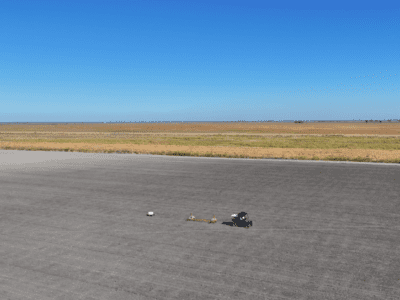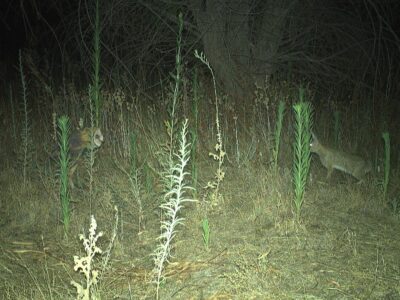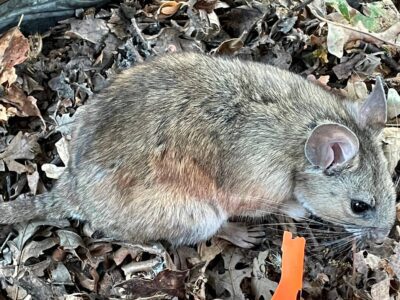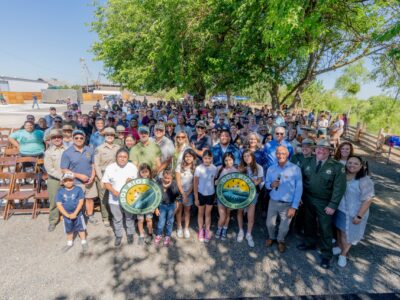Happy 2022!
As a new year unfolds, River Partners is reflecting on our noteworthy impact in 2021 and how we can grow our success even more in bringing rivers back to life in the new year to benefit California’s environment and communities. We sat down with River Partners President Julie Rentner to chat about her perspective as we look ahead to 2022.
Follow us on Facebook, Instagram & Twitter to see our progress in 2022.
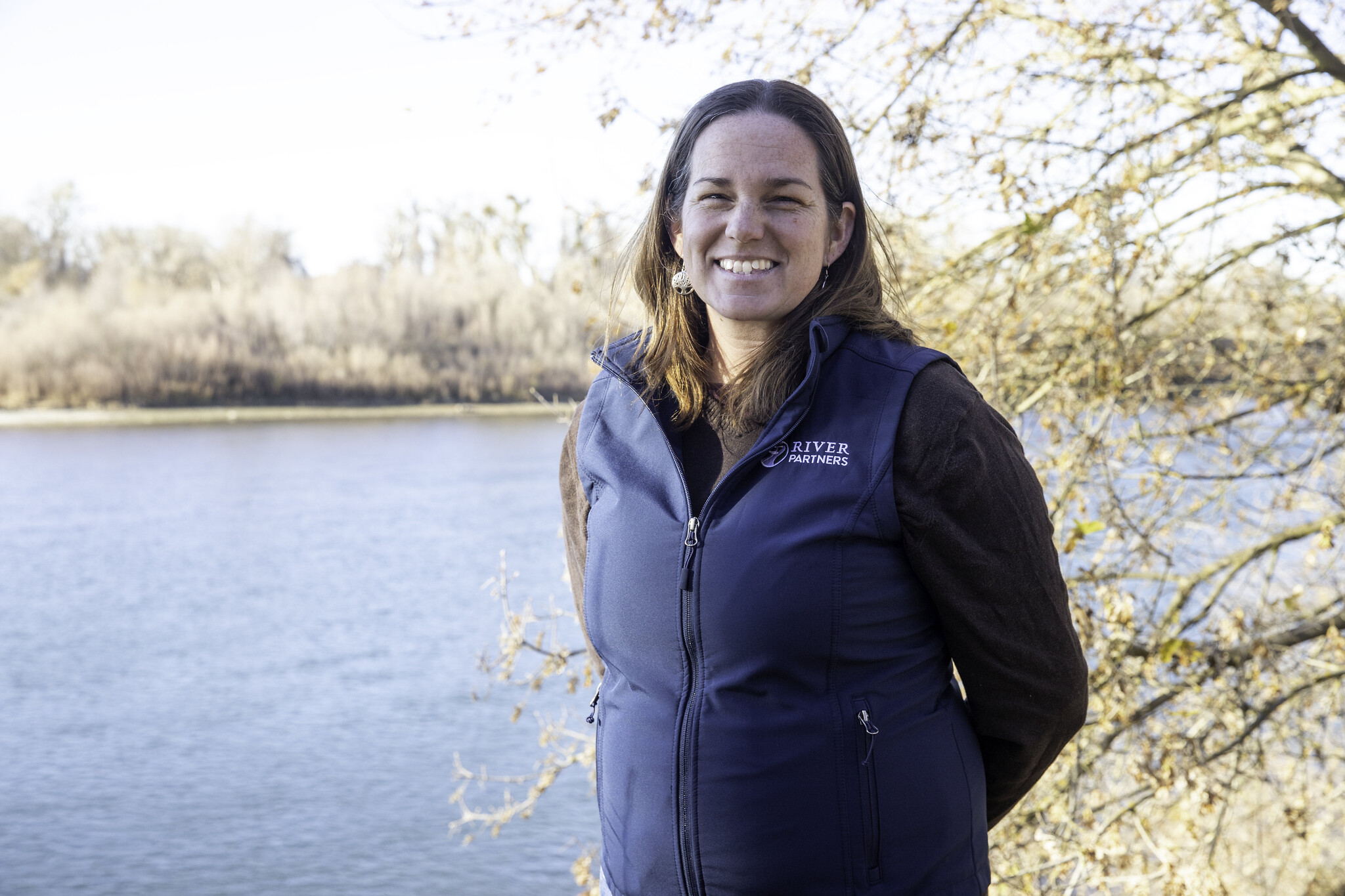
As you think back on 2021, what thoughts come up about River Partners achievements and impact?
Julie: I am so incredibly excited that we have found a way to create and plant a Native use garden at our Dos Rios Ranch Preserve near Modesto for use by local Native American Tribes. To have a tangible connection between support from federal and state agencies who want to see that happen, to on-the-ground traditional knowledge about how to plant and care for native plants for basketweaving and other cultural uses, to the preservation and practice of that incredible art form. It gives me chills to think about all the confluence of programs and supporters that had to happen to get there.
We had other incredible achievements this year. We planted over 30,000 milkweed plants at critical locations statewide in partnership with The Xerces Society, the CA Department of Fish and Wildlife, and the Washington State University. It’s the largest coordinated monarch habitat restoration effort in the West.
We made great strides for improving salmon spawning and rearing habitat along the Sacramento River. We completed the first phase of one of the largest Bay-Delta wetland restoration projects in California’s history with the California Department of Water Resources.
We also completed the larges public-private floodplain restoration in California history–our flagship Dos Rios Ranch Preserve. Restoration on the 2,100-acre ranch expands critical habitat connections in the Central Valley, and serves as a leading model of resilient landscape recovery for wildlife and people.
To top it all off, we had some front-page national and state news coverage that helped us attract more attention to our bold restoration work and bring on more supports than ever.
I feel utterly impressed at the quality of the team here at River Partners. It’s incredible how much this group can pull off amongst adversity and obstacles, from project delays outside of our control to drought and flooding. Looking at our Annual Impact Report and receiving those very gracious reports from project partners about how well things are going and what our achievements mean to them really lands our work in a place that feels not just impressive by the numbers, but impressive because it’s relevant to people.
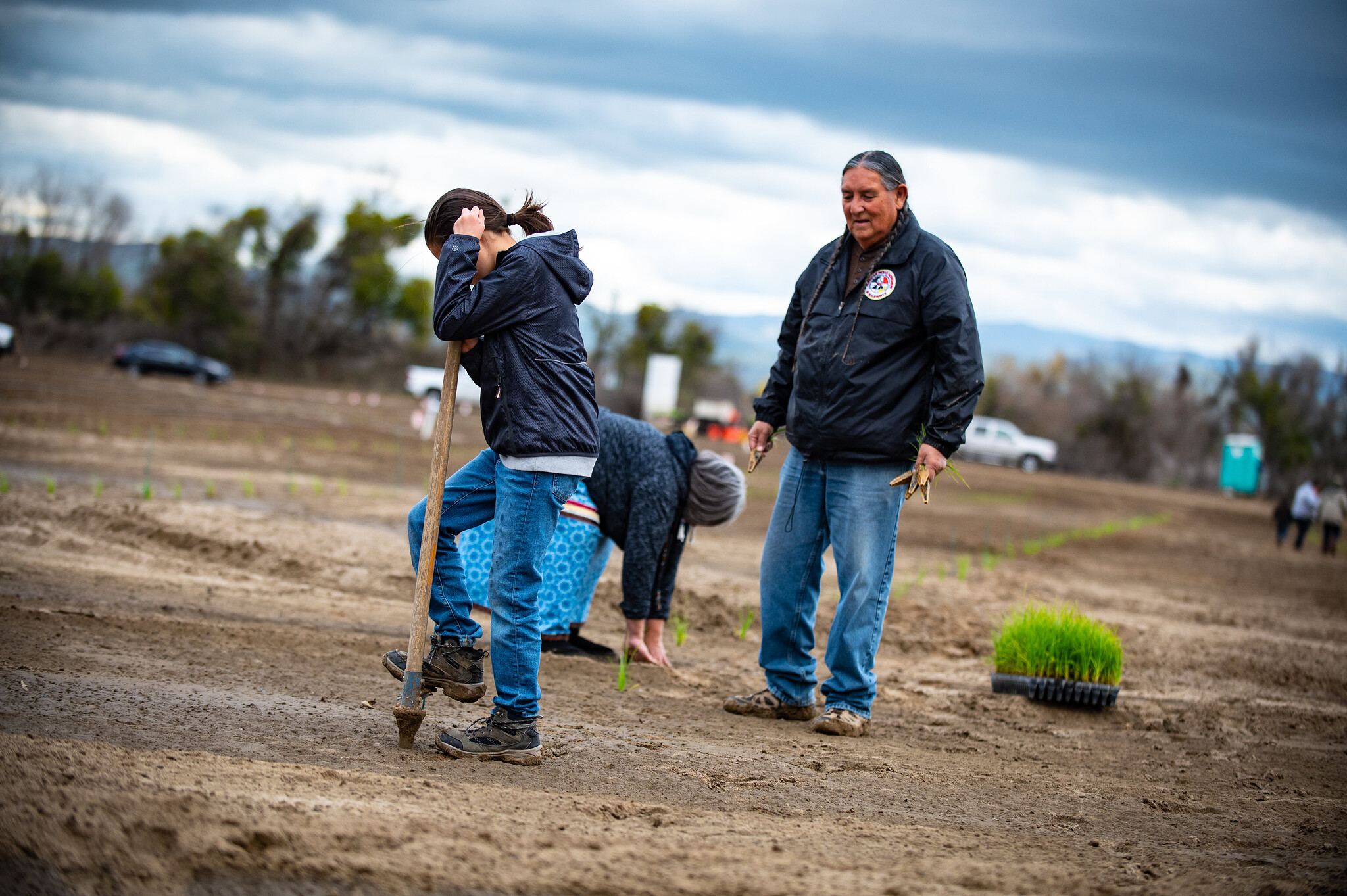
What do you hope to see River Partners achieve next year?
Julie: We have some big pushes ahead of us.
We are being called to deliver our work on a much bigger scale. We’ve pledged to double our pace of restoration during this decade and are restoring the resilient rivers, floodplains, water resources, and carbon-trapping forests that California, the nation, and world so desperately need.
Our work fits into a larger story of the 30×30 initiative led by the California Natural Resources Agency, as well as similar initiatives at the national and global scale like the UN Decade on Restoration to increase our collective resilience to climate change.
To keep meeting our goals, we must keep asking ourselves: Will we be able to plant enough milkweed to meet monarch butterfly conservation targets? Or will we be able to find the right combination of river habitat and flow that can support salmon in a warming climate? Will we put our knowledge of how wetted river valleys are one of the most productive ways to store carbon and convey water into the ground for groundwater recharge? Will we be able to continue serving communities in ways how we did with the Tuolumne River Band of Me-Wuk Indians, to increase access for culturally significant plants for basketweaving and regalia?
How we answer those questions is with the hard, thoughtful, and determined work River Partners leads every day. Partnership building, acquiring and managing land and water, scoping, planning, and permitting. And finally, the heavy work of moving soil, moving water, and growing plants.
2022 for River Partners is gas pedal down on project work. We invested a lot in 2021 and 2020 in building our team, recruiting amazing people, securing restoration funds, and communicating more broadly about River Partners’ outsized impact.
2022 is the year where the investment culminates in very busy workloads and big outcomes.

What challenges does river restoration have now compared to when you started working at River Partners?
Julie: I started working at River Partners in 2008. So, I’m celebrating 13 years with the organization. Back then, we were still in a position of trying to change hearts and minds. We were in situations with people who’d call us crazy environmentalists for trying to grow trees.
Now, we have a strong track record of success for what it means to grow trees and regrow wildlife habitat. We can even demonstrate how we improve flood safety and benefit local communities with economic opportunities and access to green spaces. That’s brought our organization from a place of trying to convince the neighbors rewilding rivers isn’t a bad idea into a position of alignment with a diverse range of stakeholders.
So, our efforts no longer need to do the heavy lifting of convincing people that we’re not doing harm. Instead, we need to articulate how hard it is to get this done, and what role we all play in trying to get bigger outcomes on the landscape.
Of all the time you worked at River Partners, what situation or situations surprised you the most?
Julie: John Carlon, one of the co-founders of River Partners, would always tell me, “Every day is a new day.”
Resource management and water management is extremely complicated. It’s reliant on many relationships to get to resolution. Where you might have one day where you’re fully opposite the table with someone, tomorrow you could be hand-in-hand, side-by-side sharing the same perspective. We make sure we bring that ethos to all our work. It’s the philosophy that brings us forward. Every day is a new day. Someone who is not a partner yesterday could be a partner today.
Surprises are just part of the game and something we’re prepared for as we look to another year of results in 2022.
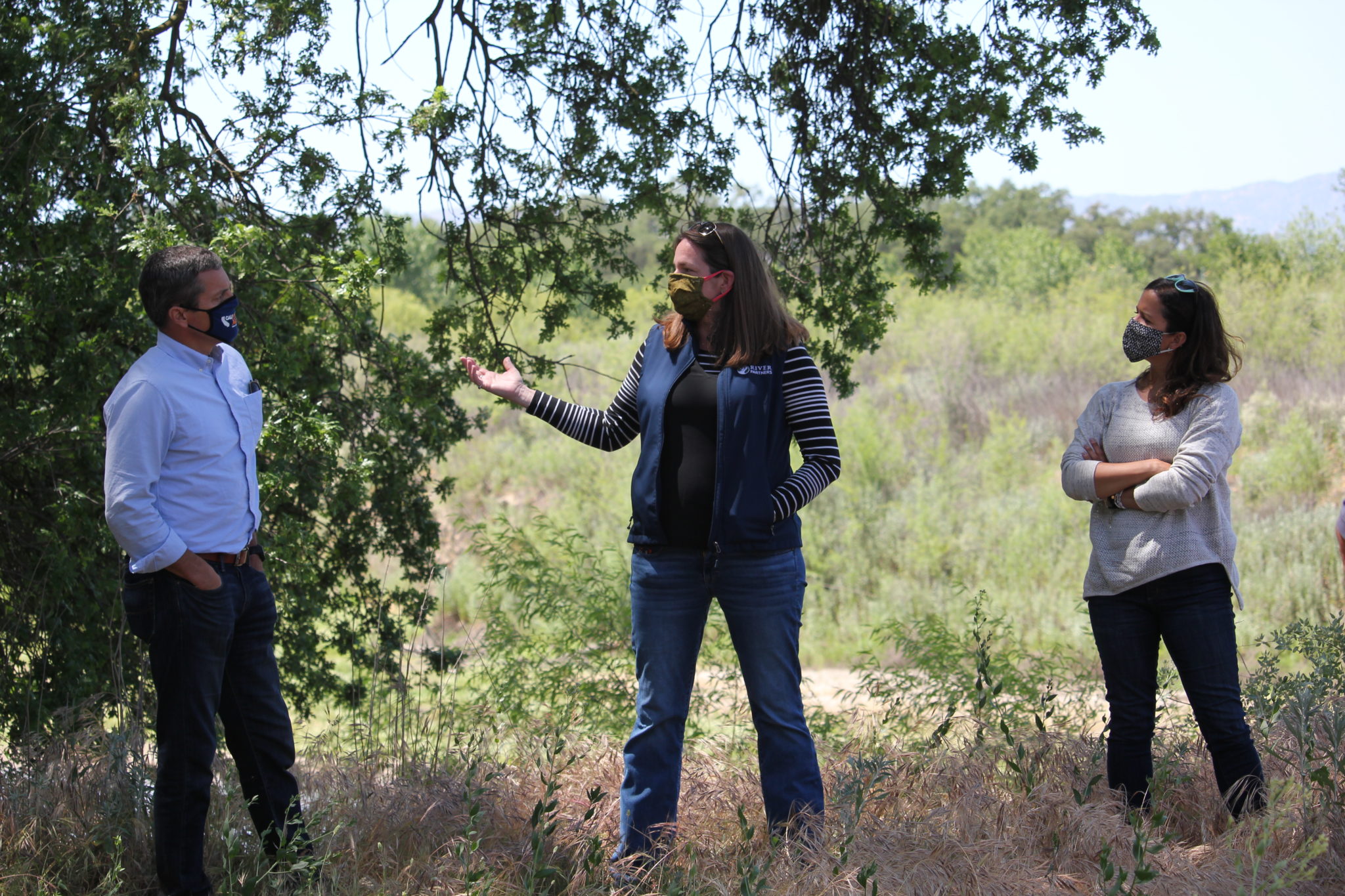
How can people support River Partners?
Julie: Each of us have a toolbox at our disposal that is unique.
The actions individuals who are inspired to take action to support River Partners take can range from making a donation to help support the organization and its growth, to introducing us to connected decision-makers who can move us through an obstacle in trying to deliver more river restoration projects. Or they might pick up the phone and introduce us to someone who thinks like we do, who could be a potential partner or supporter.
Perhaps most importantly, and this is close to my heart because I have three small children, think about your family. People who are close to you; your core. Think about them, and ask yourself, “What can I do with my unique toolbox to help those around me understand what I do?”
What will you share with them about the value of rivers…about the value of restored ecosystems for future generations of people here in California, and for our planet?
If you can contribute to convincing a few people that rivers are important and a resilient water system is important, that’s going to pay off in spades. Specifically for River Partners work, but also for the work of our larger community which thrives when more and more people take up the charge and make change.
Follow us on Facebook, Instagram & Twitter to see our progress in 2022.

